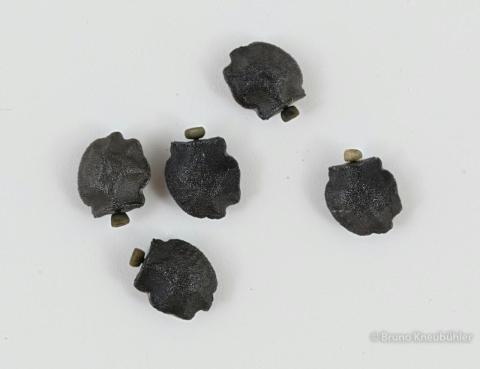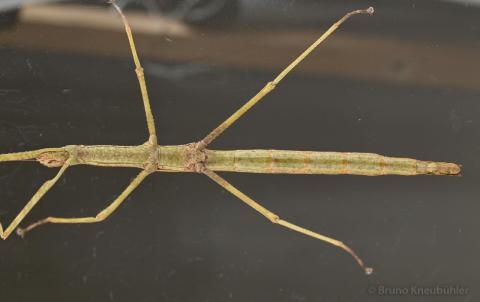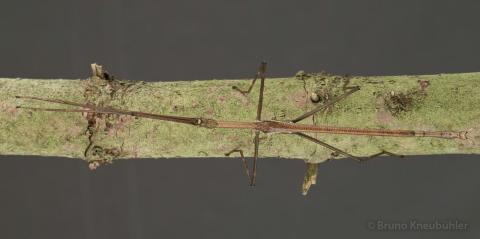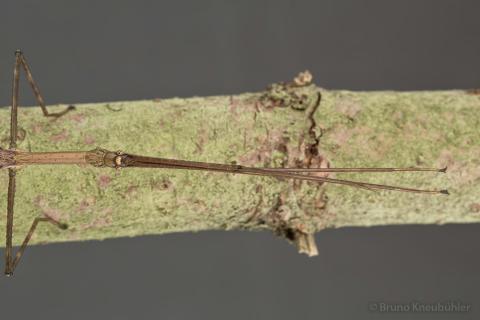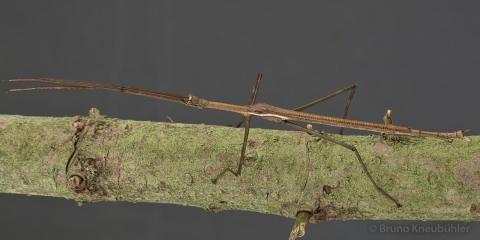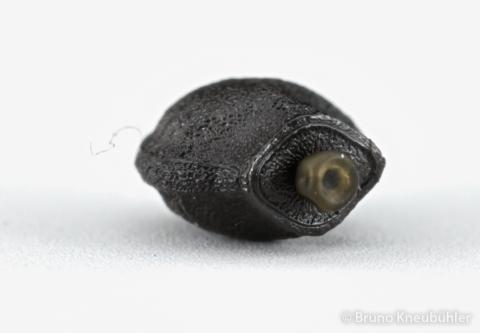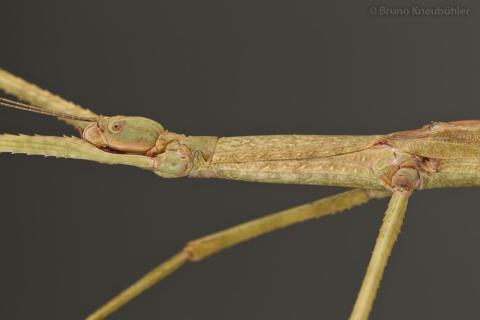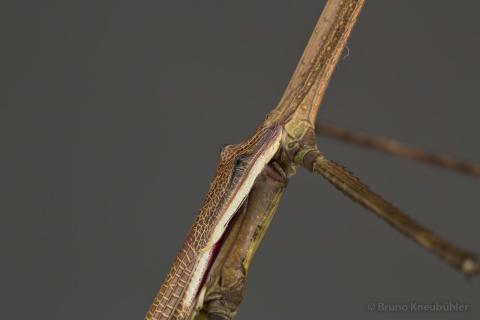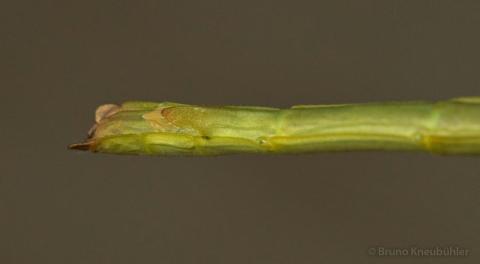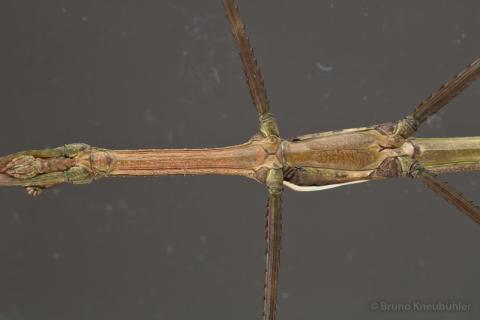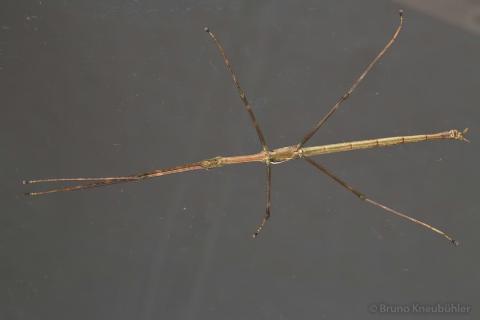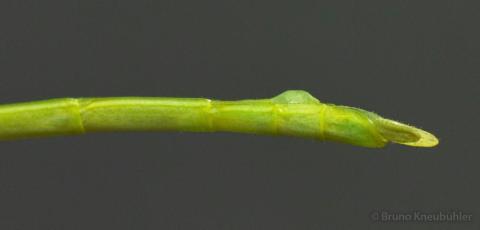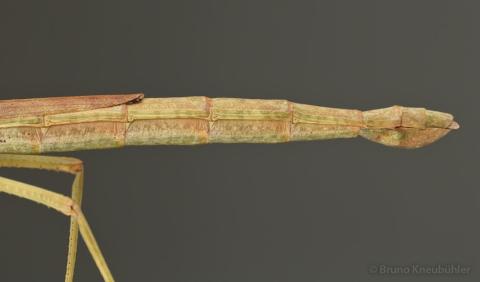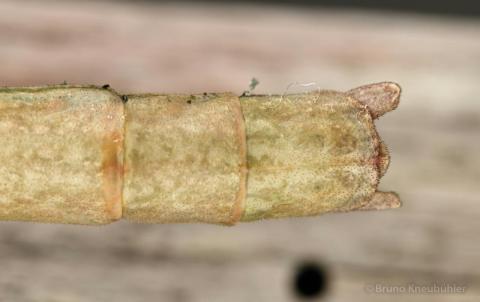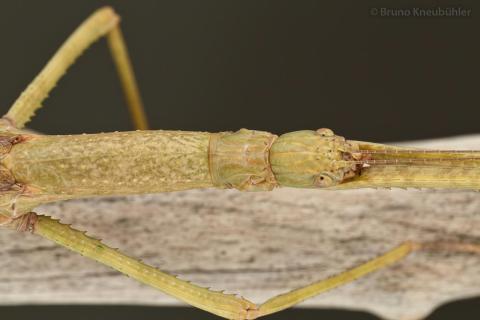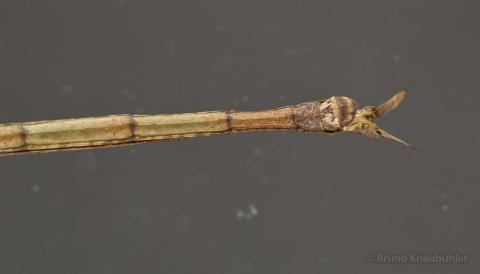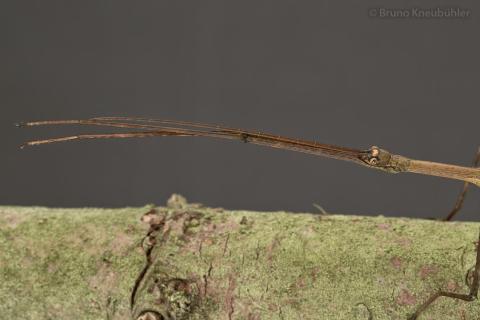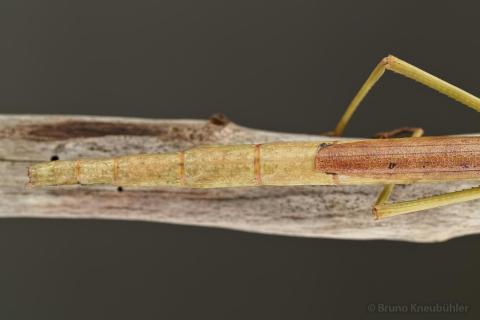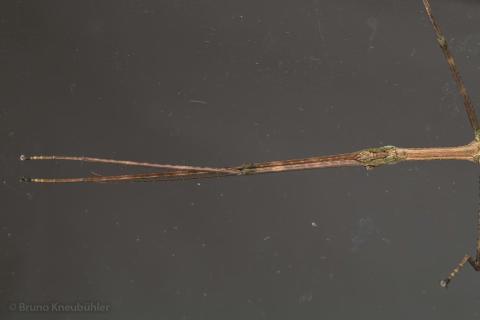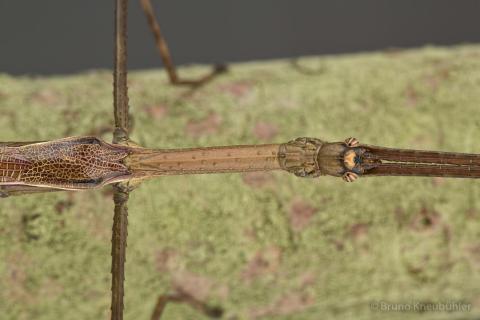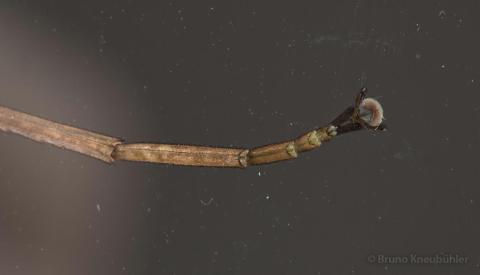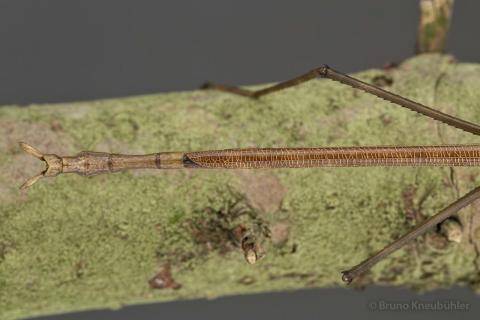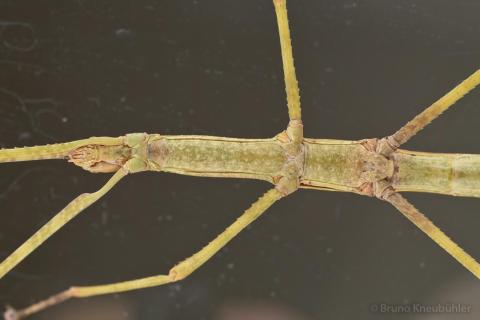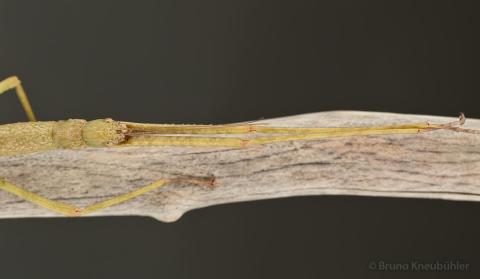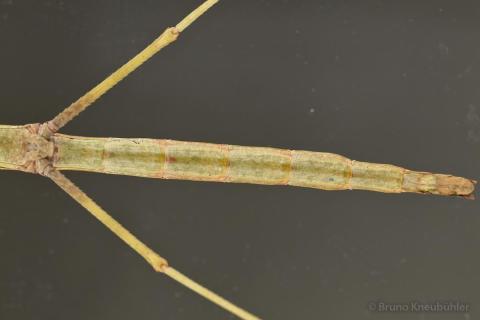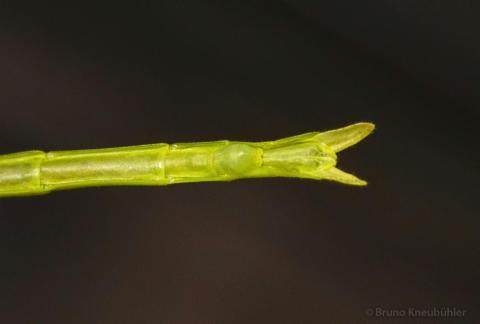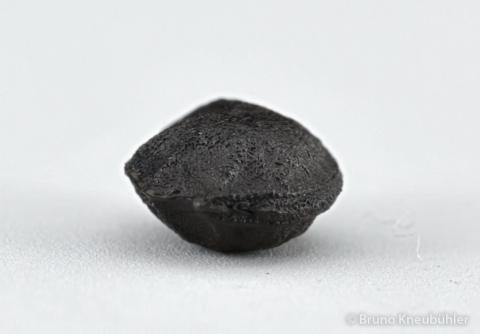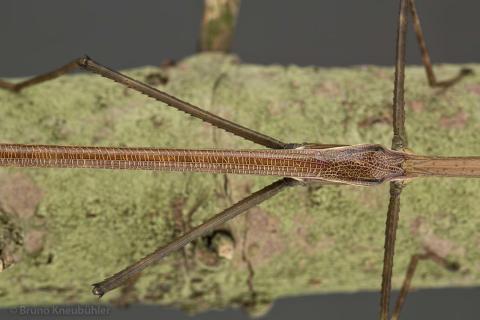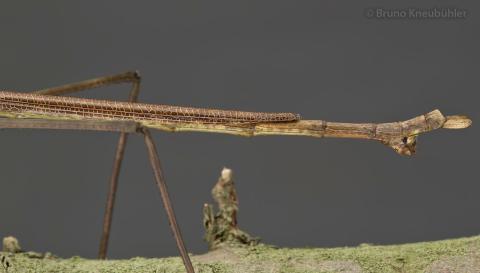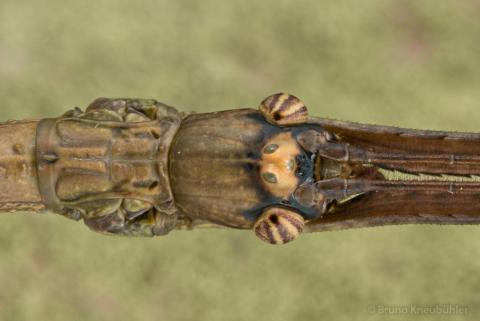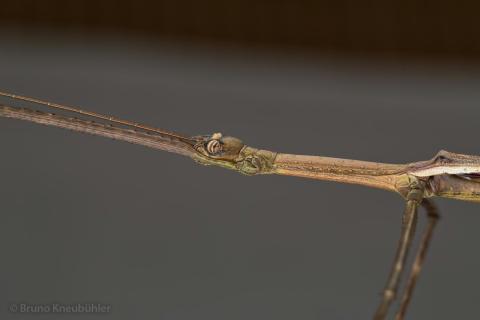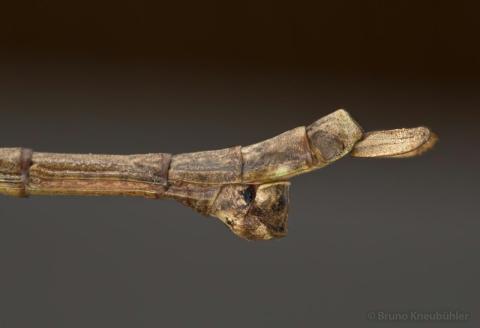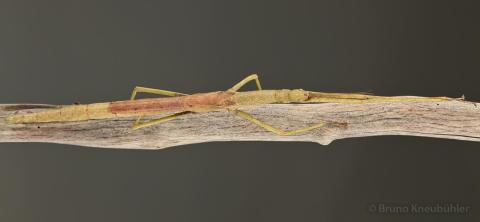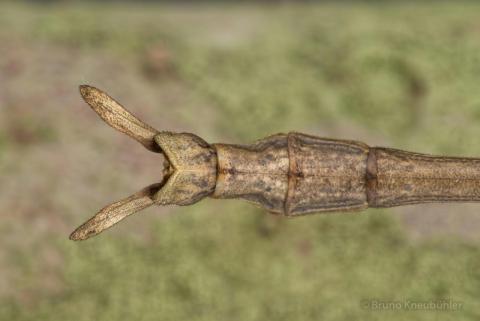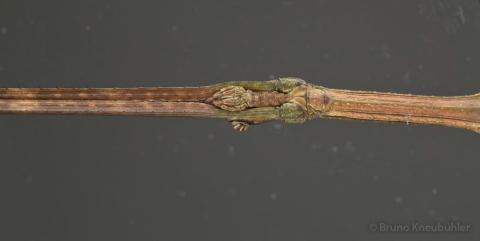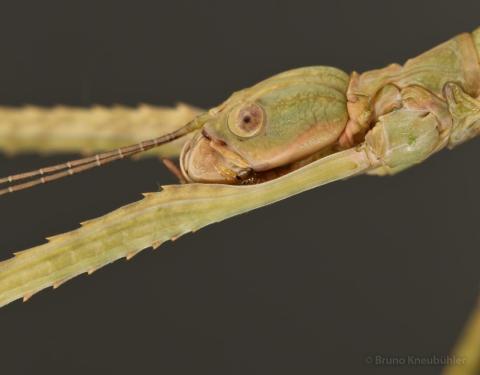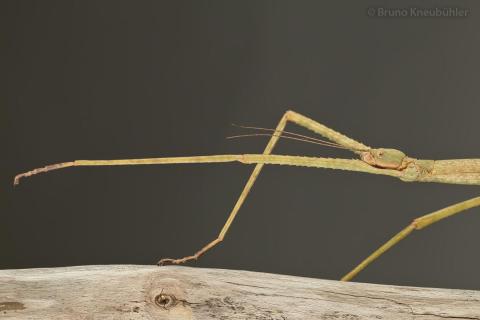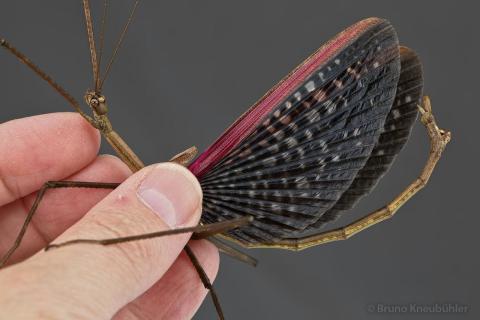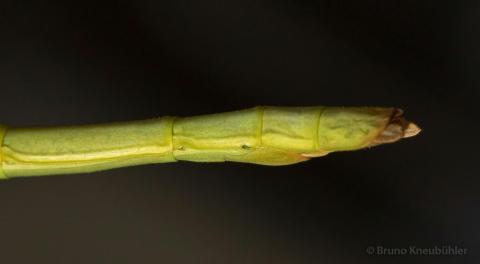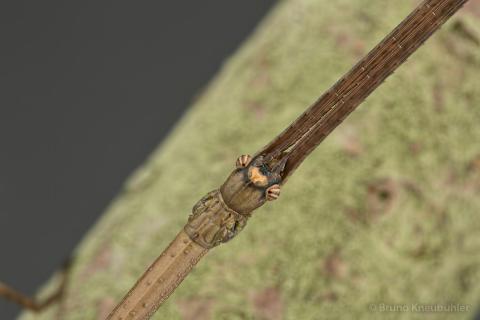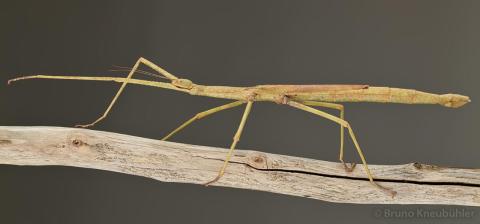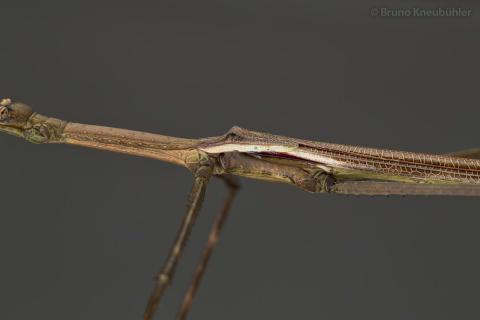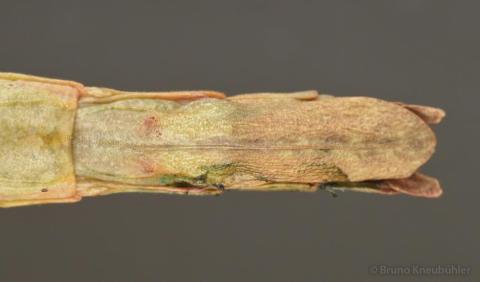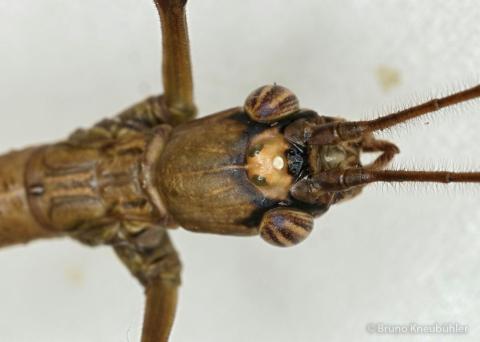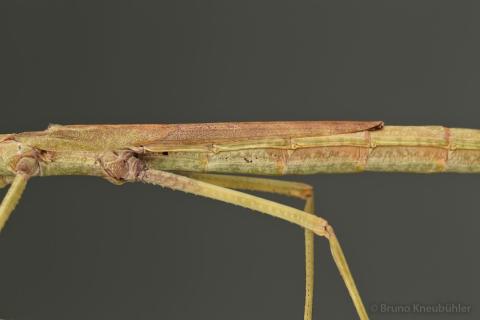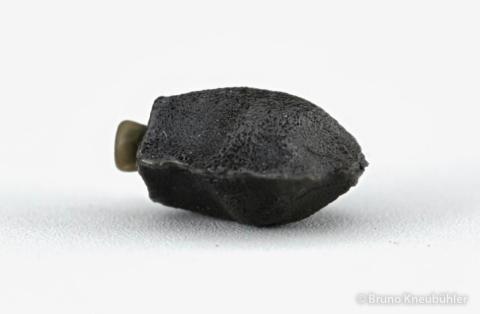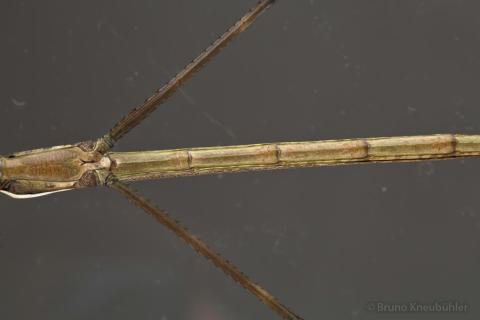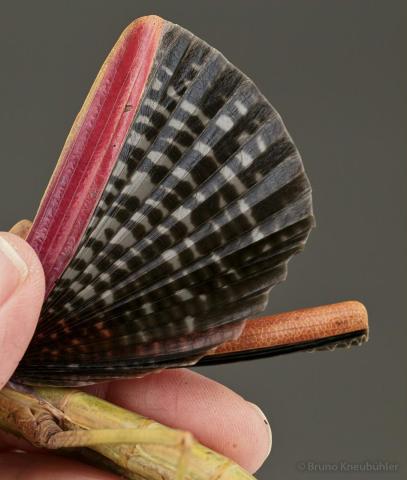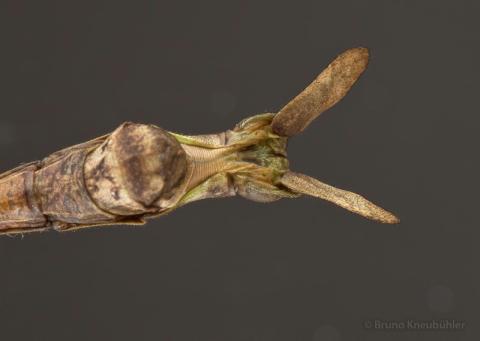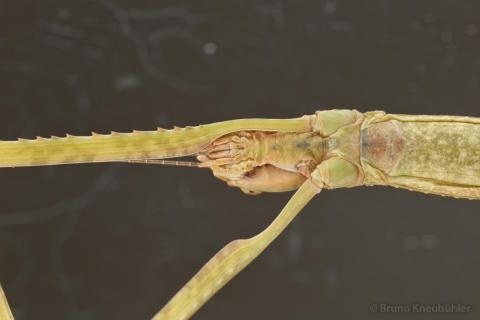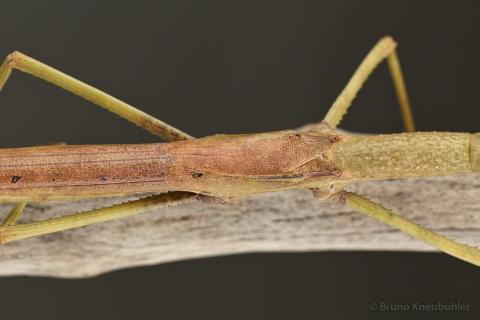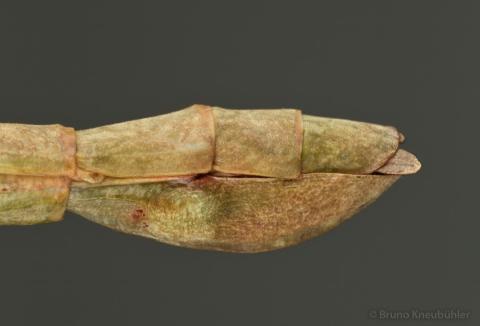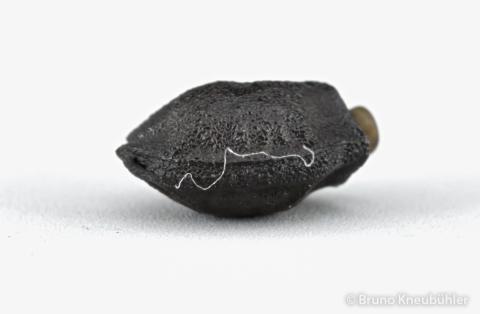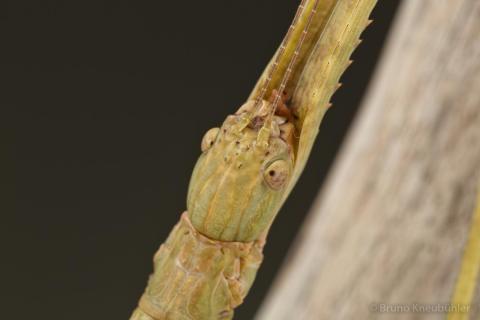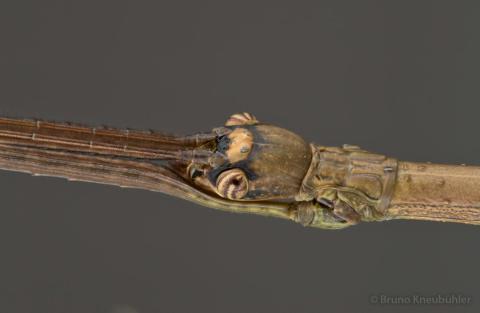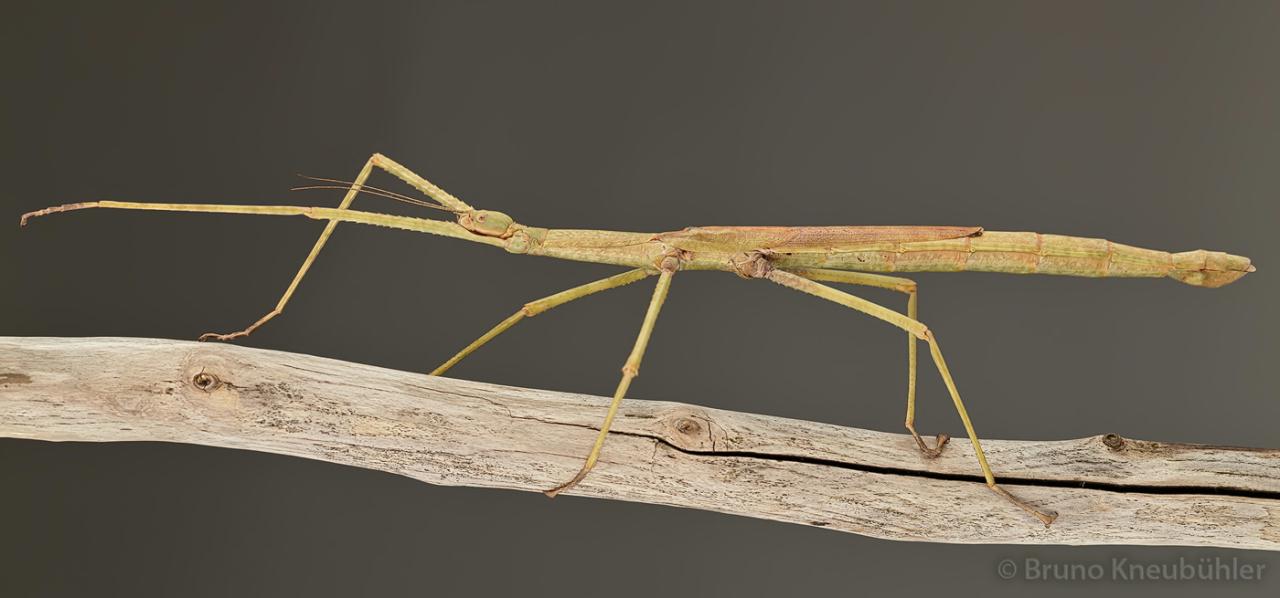
Genus
Species
Stock
CLP
598
PSG
20a
Culture status
Unknown
Foodplants
Bramble (Rubus spp.)
Breeding notes
By Bruno Kneubuehler
General Notes
- identification by Frank Hennemann (2012)
- Oliver described this species in 1792 as Mantis maculata
- Synonyms: Cyphocrana maculata (Seville, 1831), Platycrana maculata (Gray, G.R. 1835), Platycrania maculata (Burmeister, 1840), Cyphocrania maculata (Westwood, 1859)
- Etymology – in the greek mythology Anchiale (or Anhkiale) is the Titan goddess of the warmth of fire, and the wife of Hekateros
- the genus Anchiale has been introduced by Stål (1875) with the type species Anchiale maculata
- the genus Ctenomorphodes is a synonym for Anchiale
- until 2012 5 different Anchiale species are or have been in culture – see PSG list on Phasmatodea.com
- I have another Anchiale maculata from Bacan Island in culture, which is very similar to Anchiale maculata "Seram". Nevertheless, both cultures should be kept seperat, because there might be some morphological differences as they originate from very distant islands
_________________
Culture History
- 2012 - first successful culture by Bruno Kneubuehler
- 2012 - this species has been distributed as Anchiale sp. „Seram“
_________________
Origin
- Seram (Maluku, Indonesia)
_________________
Females
- large, rather stout phasmids
- about 17 cm long
- as I had only one adult female, I could not find out whether the coloration amongst females is consistent or not
- main color is greenish-brown
- distinct ocelli (simple eyes) on the head
- well developed wings, which reach to the 5th abdominal segement
- costal region of the wings is reddish-brown (outside) and red (inside)
- anal region of the hindwings (the membranous part) is black with light grey, translucent spots
- antennae short
- legs with many small spines
- few small humps on the mesothorax (dorsally)
_________________
Males
- long, slender phasmids
- about 11.5 – 12 cm long
- coloration is rather consistent amongst males (F1), some are a bit lighter in color
- mainly brown colored
- very distinct ocelli (simple eyes) on the head
- light brown area on the head in the area of the ocelli
- black „Beagle Boys“- markings on the head
- very well developed wings
- white stripe on the lateral side of the forewings and the first part of the hindwings
- costal region of the wings is brown (outside) and red (inside)
- anal region of the hindwings (the membranous part) is black with light grey, translucent spots
- antennae shorter than forelegs
- few small humps on the mesothorax (dorsally)
_________________
Nymphs
- about 17 mm (L1)
- green (ventrally), yellow-green (dorsally) (L1)
- dark red eyes (L1)
- they look very similar to the L1 nymphs of Anchiale sp. „Bacan“ (there you have a photo of the nymphs)
- short wings
- even in L1 it is quite easy to draw a distinction between ♀♂ (by the naked eye)
_________________
Eggs
- about 3 x 2 mm
- black-brown
- irregularly shaped
- cragged, glossy surface
- distinct capitulum present on the operculum (lid)
- micropylar plate is long, thin and not distinct
- micropylar pore is almost at the hind egg pole
_________________
Food Plants
- bramble (Rubus sp.)
is very well accepted by freshly hatched nymphs, older nymphs and adults - no other food plants have been tested by me (so far)
_________________
Behaviour
- especially adult males can react rather frantically when they feel threatened (like when they are touched). They drop down or fly away, wriggle about and freeze again after a few steps
- males can fly quite well for a short distance
- sometimes males and females walk around with their wings wide open when they feel threatened. This is most probably a diversionary tactic against their predators
- usually nymphs and adults are passiv during the day and feed at night
- a defensive spray has not been observed
- mating can often be observed during the night, couples may stay together for some days
- females fling the eggs away with a swing of the abdomen, which fall to the ground
_________________
Developement
- incubation time (HH-incubation on slightly damp sand at 20 - 23 °C) could not be determined exactely, as the date when the eggs have been laid was not known. But it should be in the region of about 3 - 4 months
- spread some dried (!) moss over the eggs - this will make it much easier for the nymphs to hatch unscathed and it also reduces mould growth to some extend
- hatching ratio in F1 was high (about 40 %)
- males will be adult after about 3 months (at 20 – 23°C), females after about 3.5 – 4 months
- females start laying eggs after about 3 weeks
- eggs are flinged away - with a swing of the abodmen
- about 30 eggs per female and week
- adults can live for several months
_________________
Breeding Notes
- my general notes on how to breed phasmids are an integral part of this care sheet ...
- it is very easy to breed this species
- as the freshly hatched nymphs are already quite big, therefore the incubation container should be big enough
- keep the nymphs in a cage with good ventilation, but take care that the humidity does not drop too low
- a constantly wet paper towel on the floor of the cage helps raising humidity
- a humidity level of about 60+ % rH (for adults) and 75+ % rH (for nymphs) seems to be fine
- nymphs can be kept in a Faunabox (or similar cages like Faunarium)
- move nymphs to a bigger cage as they grow bigger
- a cage of at least 40 x 30 x 30 cm should be provided for 3 – 4 adult couples of this species (or considerably larger if the cage also contains other species !)
- generally I advise to keep different phasmid species seperately (unfortunately, overcrowed cages are still too common ...)
- I have never sprayed nymphs, adults or their cage with water
- make shure that nymphs, which are about to undergo their adult moult, do not find places in the cage which would not offer them enough space beneath to moult successfully
_________________
References
- Phasmida Species Files (www.phasmida.orthoptera.org)
